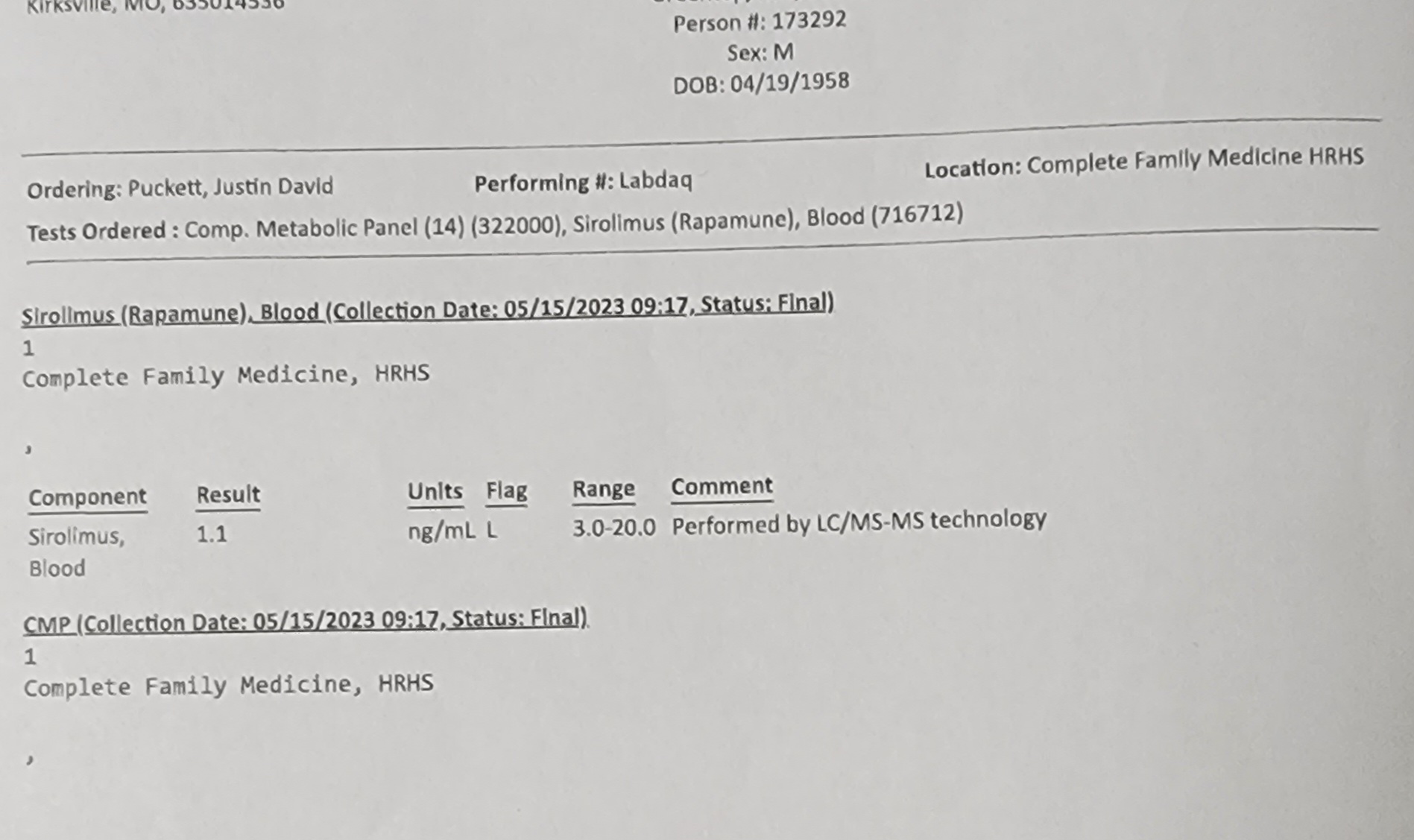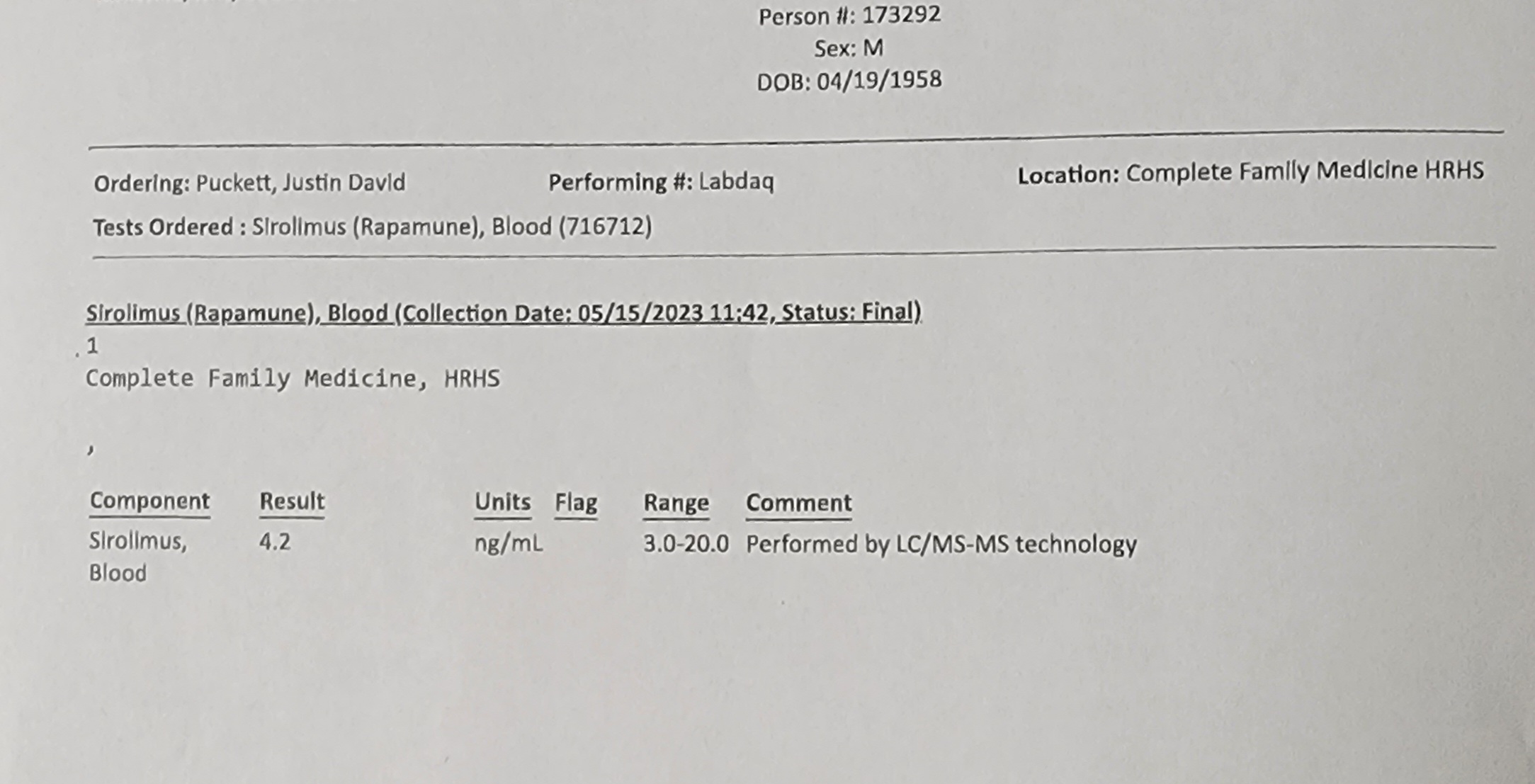Awesome Agetron, bringing data/science to your rapamycin intervention!
But this is why GFJ is fraught with metabolic reproducibility. The physiological gastric dynamic, most especially the critical CYPA34 enzyme that impacts rapamycin availability changes every time you take your next dose. What’s exactly in that next grapefruit, or juice bottle, what’s in your digestive tract from the days before, sleep, exercise, hormones, etc…these all impact your intestinal enzymes.
Recall the seminal cancer/GFJ trial…they went to GREAT lengths to get controlled GFJ concentrate (no raw fruit). They understood full well the challenge.
"We employed a frozen concentrate product that was tested for furanocoumarin levels prior to delivery of each batch. This ensured consistency across cohorts and is something that must be kept in mind for future studies or applications
You surely aren’t doing this level of GFJ control. And even if you did, you’d probably still have variation in your GFJ dosing AUC due to your weekly changes in digestive dynamics. At an absolute min, buy a few cases of frozen GFJ with same lot #, and take from this, and TRY HARD to reproduce the timing between ingestion, rapamycin taking, AND blood draw lab testing. How hard will this be, and you still get it wrong. The Cmax peak after oral rapamycin is VERY sharp, +/- 15 mins has huge impact on the snapshot. Why go through all this effort if you’re trying to be rigorous? Just focus on reproducing your 1 week trough level, that should be your steady state goal. Clinical trials don’t normally mess with GFJ nor Cmax, only trough levels…and dosing is adjusted accordingly to new trough target (you know each person has different rapamycin absorption profile due to genetics).
Unless you are trying to save $, I would do ONLY rapamycin so you have a far better controlled intervention. And now think, all the metabolic parameters you are spending time/money on, that are MASSIVELY impacted by the steady state rapamycin AUC signal are ALL going wonky because you cannot control your weekly rapamycin AUC. Blood markers, aging tests, you name it.
Ditch the GFJ, eliminate variability in your amazing rigorous n=1 experiment. You will only confound forward data, and may make the wrong next interventional decision.
Good science does not rely on “hope”. 

